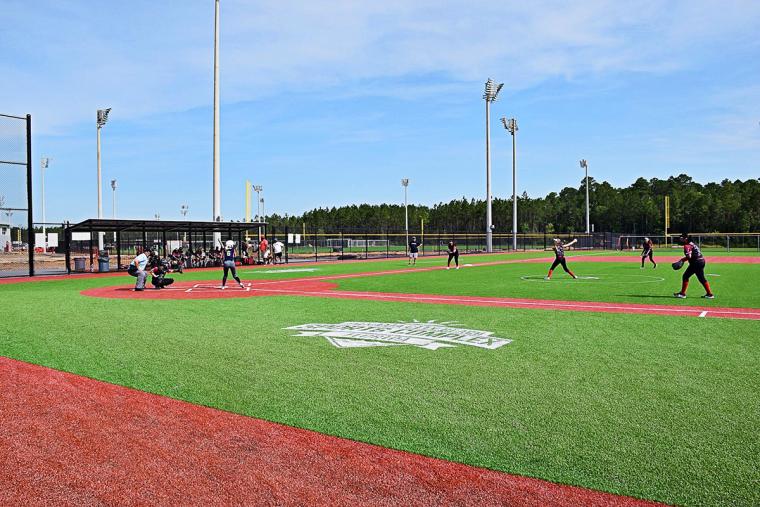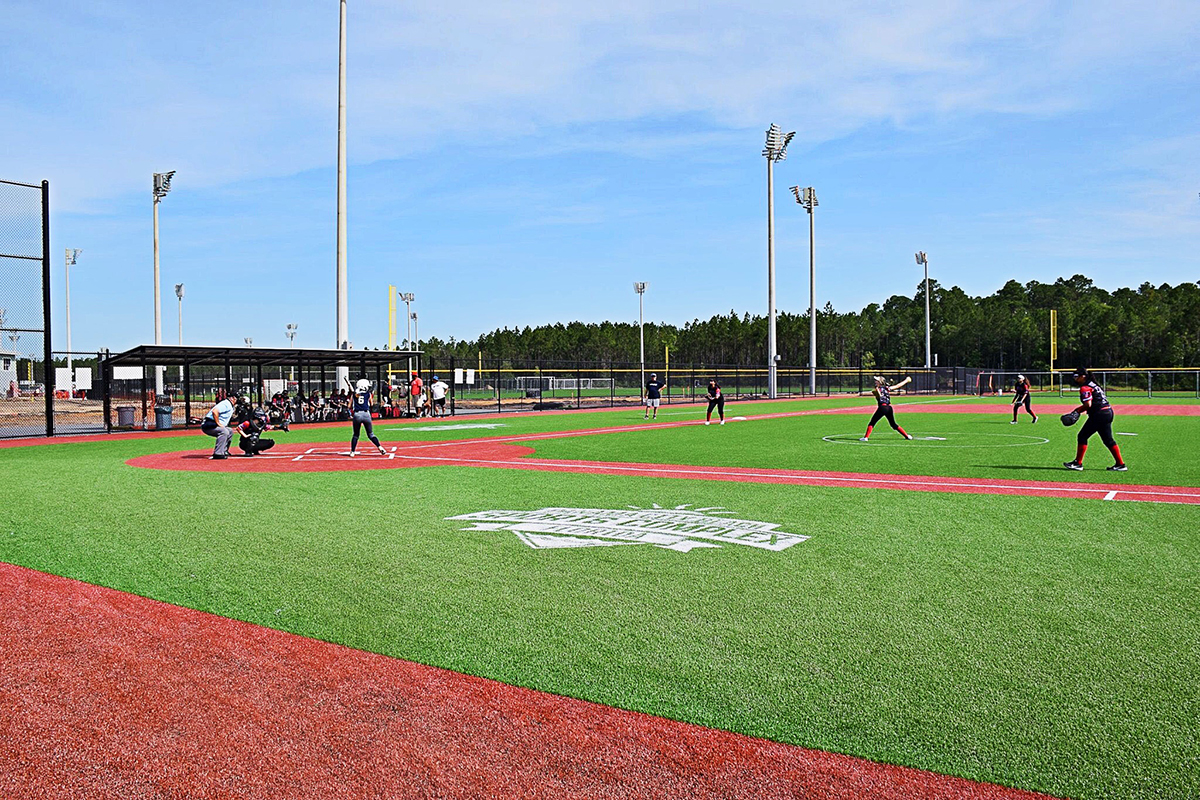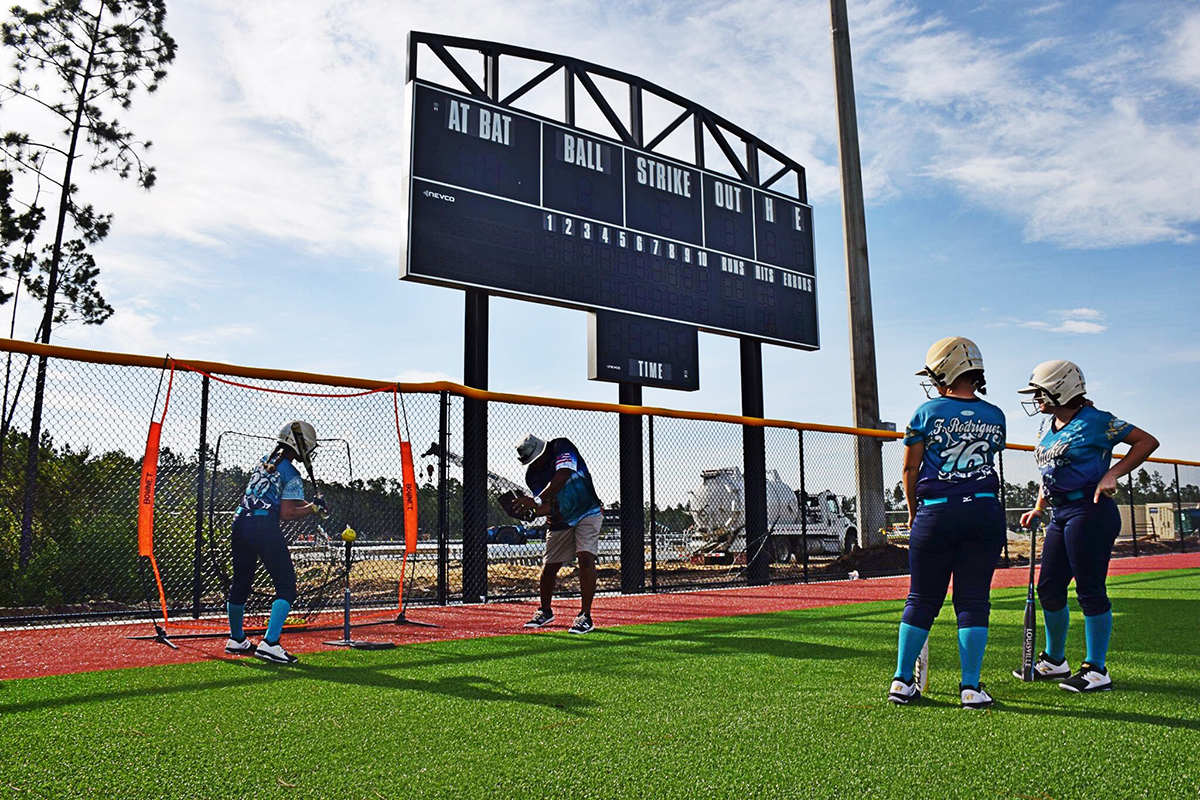

Key 1: Plan It Out
Try to refrain from rolling your eyes when we say you need a plan. There’s no “ah-ha” moment required to understand the value of strategy when embarking on any worthwhile endeavor; however, it’s one of the most frequently overlooked elements in managing a facility calendar. The strategy for event booking should reflect the goals and values of the facility owners. In many cases, these goals were defined early on in the planning process by the project catalyst – the sports commission, convention and business bureau or government entity represented by city staff or a parks and recreation department and are critical for fulfilling the promise made to the community.
When creating your plan, the first step is to dive into research. The more research performed, the more informed the plan and credible the strategy. Begin by benchmarking and gather information on:
• Competitors. Identify who is competing for events from a local, regional and national perspective. What events are they hosting and what features or unique value do they bring to event owners?
• Potential Events. Doing your homework on potential events helps create early stage alignment and realistic expectations, and will help you identify prospective challenges. Check out each competitor’s website (is it professional?), online reviews, social media, press and past host venues. Did they fulfill their team and revenue projections and commitments – and did they deliver a quality event?
• Goals. Understand the genesis for your project. What commitments were made to local constituents and who is counting on your performance? As the sports tourism industry has evolved, so too have the expectations of the facility. In many cases, driving economic impact through new market travel related spending isn’t enough – the health and economic vitality of the local community needs to be a priority as well through locally-focused events and programs.
• Other Market Factors. Partner closely with your CVB to understand other market factors that might have influence on your ability to successfully book and serve high quality events. For instance, booking a 300-team basketball tournament during the city’s biggest festival or special event is a recipe for sold-out hotel rooms, lost income for the city, and grumpy parents and coaches who may have to travel upwards of 30 minutes to get to their games.
Final note on crafting the plan. Remember that in many cases the journey is more important than the destination when it comes to planning. The research and time dedicated to crafting the plan are equally important to the plan itself. Ensure that you share, preferably in person or via screenshare, the plan with key project stakeholders so everyone’s on board with what you’re about to do.
 Key 2: Get Personal
Key 2: Get Personal
As we approach 2020, the comfort zone for many people is through e-mail or text. Especially millennials (yeah, we said it). While that might work in some industries or in general marketing efforts, it’s not going to cut it to develop real business in sports tourism. Developing relationships has been and still is the most effective strategy for locking in contracts.
For general managers or event directors opening and operating incredible new venues in amazing destinations, your phone may be ringing off the hook. Prime weekends and dates will be in high demand. The biggest risks are giving away these bookings to events that are unproven or unreliable, which may leave revenue on the table or worse – not show up at all. Developing a network of industry contacts can help you vet these incoming inquiries. Industry conferences like Sports ETA and others are designed to promote one-on-one interaction and relationship building. Many also include access to their membership base so you can make that first contact and get the relationship started.
If your inbound booking requests aren’t quite doing the trick to nail down the ideal calendar, it’s time to begin the hunt through outbound efforts. Rather than take the “shotgun” approach and send out hundreds of impersonal inquiries, select a few event owners (based on your plan in Key 1) and make it personal through e-mail, phone, in-person meetings and fam visits. A great way to show your interest is to attend their event and see their needs, preferences and wish-list items in person.
If you’re going after a major event through the RFP process, be sure to read all the fine print – and between the lines. Most facilities throwing their hat in the ring for these national-level or specialty events have the financial backing of their CVB or sports commission because there are tens of thousands of dollars in tournament and event bid fees associated.
If you’re going it alone on a limited budget, be selective and strategic on which events you’re chasing and think like a destination marketing organization (DMO). If you can understand an event owner’s key priorities, opportunities and challenges, you can tailor your submittal to their needs and accentuate your strengths.
 Key 3: Live to Serve
Key 3: Live to Serve
An important component to booking and re-booking events is your reputation and commitment to service. Unlike the location or condition of your facility, status of your destination or weather conditions, you can always control the service of your facility staff, customer service level to guests and event owners, and the culture and environment of the facility.
Customer service and culture begins prior to the facility opening and is an ongoing process. It can also be a special initiative if a deficit is identified. This training should be focused around the guest and client experience and should include training on call handling, difficult situations, ownership and authority, body language and, of course, real-world examples. Developing a common language around your values and brand promise is important to the continuity of experience and should be incorporated into and through your marketing efforts.
When it comes to service, the goal should be to deliver an experience they (and their guests) will always remember. Facility staff should be focused on every detail of the event as if it was their own – and that leadership starts at the top. It’s a common sight for us to see our general managers putting in the elbow grease to do what it takes to make an event great – from moving trash cans and cleaning toilets with the junior staff to greeting guests and directing parking at the front gate. Event owners want operators who offer a turn-key solution to their event hosting needs. Turning on the lights and opening the door just doesn’t cut it.
Here’s a few ways your staff can create delight for the event owner:
• Ensuring easy access to hydration stations. This could be providing water in each and every dugout to the location of Gatorade courtside.
• Be flexible on non-safety related policies when possible. If it’s a hot weekend, allow families to bring in coolers and tents to augment the experience the facility can provide.
• Cleanliness matters. No one wants to walk into a dirty bathroom or see trash piling up during their event. It creates a poor impression of the facility and event. Create priorities and checklists, and staff accordingly to ensure the facility is immaculate.
• Think about the door-to-door guest experience. From the time families leave their home to the time the players take the field, how can you make their experience great?
• Prioritize the event owner experience. Event owners are often wearing multiple hats in their lives – from working a standard 9-5 and running a club, to balancing full-time event management with family life. These events are a priority and their experience should be your priority – from first contact to wrap report (and re-booking).
Creating plans, developing relationships and fulfilling the promise of great customer service – it’s a proven approach to securing events. SDM


